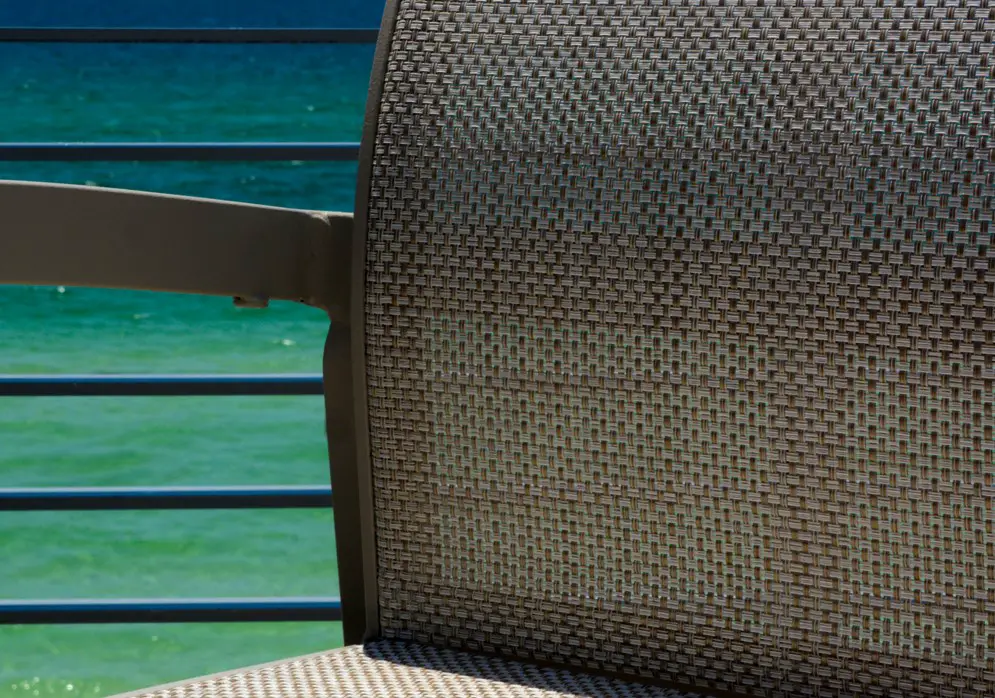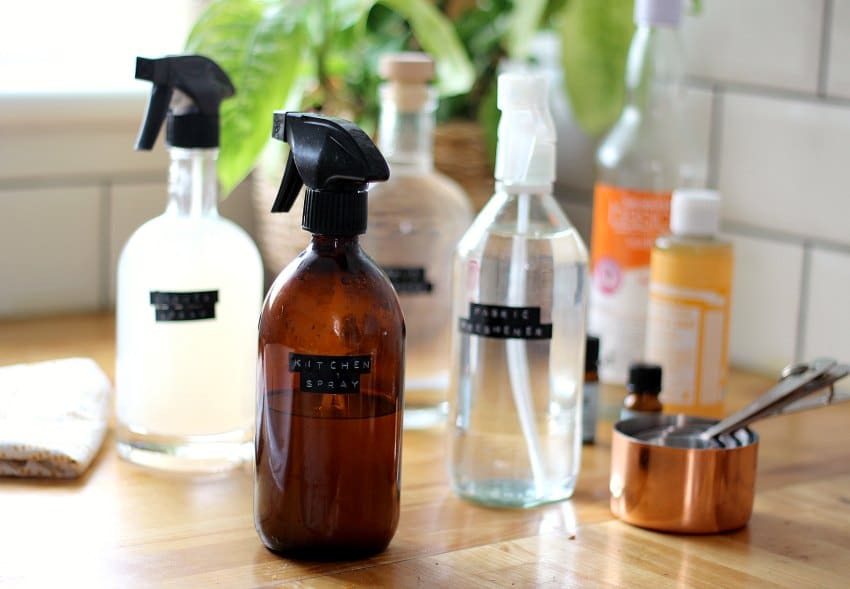Who wouldn’t want to just bask in the sun, out in the backyard on a comfy sofa and sip on some juice, and just relax. Sounds way too good, right?
A true American does love a decent summer but the thought of fabrics just turnings pale and patchy and ragged might just keep you from putting out some decorative furniture out there on the balcony or lawn, and enjoying the fantastic outdoors.
What if there was some fabric that was able to remain unscathed under the scorching hot sun? What if there was some way to keep your fabrics bright and lovely all the time?
Wouldn’t it be amazing to just enjoy a carefree and comfortable summer? So quit pondering these questions and just read on to find yourself some useful answers.

What fabrics does not fade in the sun?
Actually there are indeed a wide variety of fabrics that can retain their colour even if they have to put up with sunlight all day long, starting from natural fabrics to synthetic fabrics with specific properties.
Depending on the amount of sun the fabric has to take on, you can opt for natural fabrics like cotton or wool, or synthetic ones like nylon, polyester or acrylic.
Thanks to newer innovations and technologies, there are even UV resistant fabrics available in the market. Solution dyed fabrics such as Sunbrella, outdura or spuncrylic or olefin fabrics can be the perfect fabric for your patio furniture’s upholstery.
Solution dyed fabrics have colour mixed in with the fiber before it is spun and this helps to prevent colour loss to an extend.
Olefin fabrics are made with polyethylene and is waterproof, fade resistant and comes at a really cheap price.
Hence both solution dyed fabrics and olefin fabrics tend to retain the colour for a longer period of time whilst continuous sun exposure.
If you are looking for curtains or flowy covers synthetic fabrics would be a much better choice than natural ones like cotton. Hence cotton and wool are suitable if there is limited or intermittent exposure to sunlight.
See also: Best Summer Work Pants for Men and Women
What causes the colour fading?
Colour fading of fabrics is most commonly caused by the ultraviolet rays of the sun. These harmful rays break the chemical bonds and cause fading of colour.
In other cases the heat of the sunlight would result in bleaching of the fabric. The chemical makeup of the fabric can be changed by the visible light and solar heat, resulting in the fading of colours.
How to prevent colour fading from sunlight?
1.) The first and simplest thing you can do to prevent or reduce colour fading from sunlight is to limit the sunlight that falls on the fabric. You can install blinds or curtains to keep the UV rays at bay.
2.) If you are trying to protect your pretty curtains from the damaging rays you can opt for window sheers or films as well.
3.) As dark colours are more prone to fading it’s a smarter move to choose light coloured fabrics when there’s prolonged sun exposure involved.
4.) Avoid linens and silk as they are more prone to fading than other fabrics.
5.) Use tightly woven fabrics with UPF 50+ and some luminescence to reduce chances of fading.
6.) If leather is the fabric involved make use of leather conditioner to keep it nice and bright
7.) If you are going to renovate your house you can replace your glass ceilings or windows with UV protectant glass that can keep away almost 85 % of the UV rays that come along with the sunlight.
8.) If you can’t do any of this just make sure that all the portions of the fabric is equally exposed to sunlight. This would cause the entire area of fabric to fade the same preventing the unappealing patches of faded colour on the fabric.
What fabrics are prone to colour fading?
Linen and silk are fabrics that should be kept as far away from sunlight as possible. These fabrics are durable and very appealing to trends and comfort alike but they are not able to retain colour when exposed to sunlight for a long time.
Even though these fabrics can retain colour even after repeated washing, the dye added to the fabrics disintegrate easily on sun exposure.
Cotton and wool too are not that great at retaining their hues when out in the sun too long. These fabrics have dyes added to them after the fiber is spun into the fabric. This increases the chance of losing the colour due to breakage of chemical bonds by the uv rays.
See also: Best Work Shirts for Hot Weather
How long does it take for the sun to fade a fabric?
The amount of time that fabrics take to fade due to sunlight varies a lot depending on the type of fabric or the quality of it. Natural fabrics such as cotton can fade off within a span of few months.
If the fabric is synthetic but of poor quality the colour will last for 4-5 years. If the material is of superior quality with great UV protection, the colour can be retained up to a decade.
What fabric colors fade the most in sunlight?
Colours based on organic molecules are more susceptible to disintegration due to sunlight. Usually these colours are more towards the darker side of the spectrum.
Colours like black, blue and red are the ones that fade the easiest as they absorb UV rays the most. Even though these colours have a greater chance of fading off easily if the pigment used to dye the fabric is of superior quality the colour can last longer than expected.
What fabric colors fade the least in sunlight?
Light colours or colours closer to white tend to fade the least. These colours are usually made with metallic oxides like titanium dioxide and hence shows more resistance towards UV rays as compared to organic materials.
They reflect light instead of absorbing it which helps them remain intact for a longer period of time.
How to turn indoor fabric into outdoor fabric?
If you have set your mind on using a not so outdoor friendly fabric for decorating your patio, we do have a solution for you. You can follow a few simple steps to make your fabric sun resistant
-
-
- Wash the fabric or clean the fabric with a mild detergent
- Let it dry
- Apply a UV spray on the fabric until the fabric is completely damp
- Let it dry naturally or use a hair dryer to accelerate the drying process.
-







